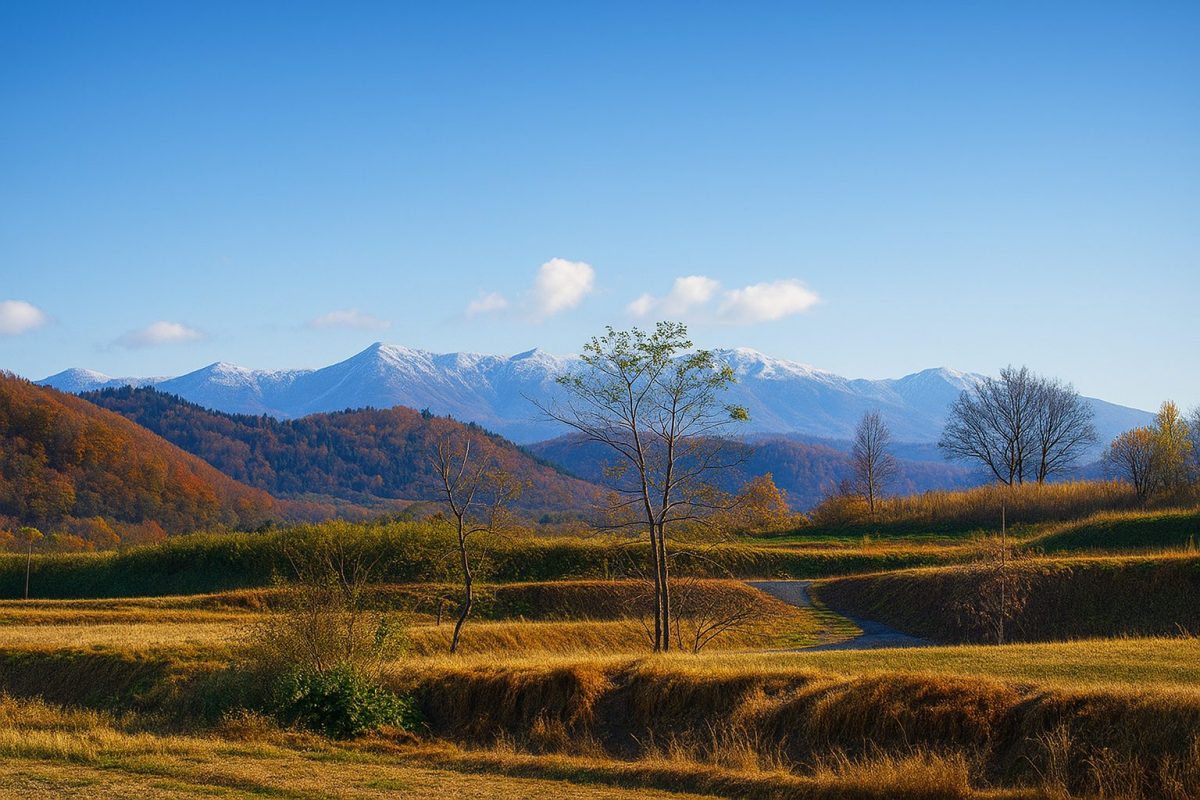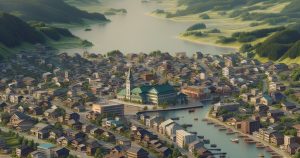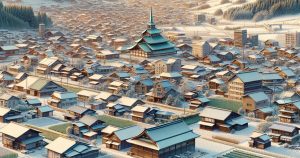| population | 5,807 peoples |
|---|---|
| area | 472.65 km² |
| population density | 12.3 peoples/km² |
Located on the Sea of Japan in northern Hokkaido, Haboro Town is a place where rich nature, history, and warm-hearted people coexist in harmony. Once prosperous as a coal mining town centered around the Haboro Coal Mine, it has since reinvented itself through its fishing and agricultural industries. Today, the town is widely known across Japan for its premium seafood such as sweet shrimp, scallops, and sea urchins, as well as high-quality agricultural products like “Orroron Rice” and green asparagus. Offshore lie Teuri Island and Yagishiri Island, both part of the Shokanbetsu-Teuri-Yagishiri Quasi-National Park, celebrated for their stunning scenery and abundant seabirds. The people of Haboro live closely with nature, carrying on Ainu traditions and the pioneering spirit that once built the region. The use of the Hokkaido dialect in daily conversation, the preservation of traditional performing arts, and seasonal festivals all reflect the town’s deep-rooted cultural identity. With its local cuisine—featuring dishes made from fresh sweet shrimp and Yagishiri lamb—and tranquil natural beauty, Haboro Town stands out as one of the most charming destinations in northern Japan.
Culture and Traditions
Haboro has a deep connection to Ainu heritage—the town’s name is derived from the Ainu word “Ha-poro-pet,” meaning “a wide river.” During the Showa era, the discovery of rich coal deposits led to rapid industrialization, and at its peak the town’s population exceeded 30,000. Today, remnants of this prosperous period, including mine shafts and factories, remain as historical landmarks. Another unique aspect of Haboro’s culture is its traditional lion dances introduced by settlers from Toyama and Ishikawa prefectures. These include the “Haboro Kaga Lion Dance,” the “Hekechu Lion Dance,” and the “Haboro Echu Akasaka Servant Dance,” all designated as Haboro’s Intangible Cultural Properties. Every July during the Haboro Shrine Festival, these traditional dances are performed, drawing visitors and uniting residents in celebration. The town is also home to the Hokkaido Seabird Center, which plays a vital role in conserving seabird species such as the rhinoceros auklet and the common murre that breed on nearby Teuri Island. Haboro is truly a community where people, culture, and nature live side by side.
Local Specialties
- Haboro Sweet Shrimp: One of Japan’s largest catches of sweet shrimp comes from Haboro. Renowned for its rich sweetness and plump texture, it is used in local specialties such as “Haboro Shrimp Salt Ramen” and “Shrimp & Octopus Dumplings.”
- Yagishiri Lamb: The Suffolk sheep raised on Yagishiri Island produce tender, flavorful red meat, prized by gourmet chefs across Japan. The island’s clean air and sea breeze contribute to its distinctive taste.
- Orroron Rice: A brand of premium rice cultivated in Haboro and neighboring areas. Grown in mineral-rich soil and clear mountain water, it is known for its soft texture and mild sweetness.
- Green Asparagus: A signature spring vegetable of Haboro, grown in the cool northern climate. Its crisp sweetness and tender texture make it a favorite among locals and tourists alike.
- Sticky Nagaimo & Haboro Melon: The town also produces sticky mountain yam with strong sweetness and fragrant melons that capture the essence of Hokkaido’s fertile land.
Annual Events
- Haboro Sweet Shrimp Festival (Late June): Held at Haboro Port, this festival celebrates the town’s iconic seafood. Visitors can enjoy fresh shrimp dishes, local products, and stage performances.
- Haboro Rose Festival & Gourmet Market (Mid-July): Taking place at the Haboro Rose Garden, the largest in northern Hokkaido, this event features over 2,000 blooming roses and local delicacies.
- Seabird Festival (Mid-July): Organized by the Ministry of the Environment, this event raises awareness of seabird conservation through exhibits, guided tours, and hands-on learning programs.
- Yagishiri Sheep Festival (Early August): A summer highlight on Yagishiri Island, where visitors can savor lamb dishes, enjoy local performances, and experience sheep-shearing demonstrations.
- Haboro Autumn Festival (Mid-October): A traditional harvest celebration featuring street parades, food stalls, and music events held throughout the shopping district.
Access
- By Air: The nearest airports are Asahikawa Airport and Wakkanai Airport. From either airport, travelers can reach Haboro by intercity bus (about 3.5 hours).
- By Bus: Direct express buses (“Tokkyu Haboro-go”) operate daily from Sapporo Station to Haboro Bus Terminal, taking approximately 4.5 hours.
- By Car: From Sapporo, follow National Route 232 (Japan Sea Orroron Line) north for about 4.5 hours. The drive from Rumoi takes about 1 hour, and from Wakkanai around 3 hours.
- By Ferry: Regular ferry service operated by Haboro Port connects the town with Teuri and Yagishiri Islands via the Haboro Enkai Ferry. It’s a scenic route popular with tourists.
Tourist Attractions
- Haboro Rose Garden – The largest rose garden in northern Hokkaido, home to approximately 2,000 rose bushes in full bloom during summer.
- Hokkaido Seabird Center – A museum and research facility dedicated to protecting seabirds that inhabit Teuri Island and the surrounding sea.
- Haboro Onsen Sunset Plaza – A seaside hot spring resort offering open-air baths with panoramic views of the Sea of Japan and its breathtaking sunsets.
- Haboro Town Museum – Exhibits on local history, coal mining heritage, and the development of Haboro as a coastal community.
- Haboro Port – The main gateway to Teuri and Yagishiri Islands, serving as a hub for ferries and fishing vessels.








